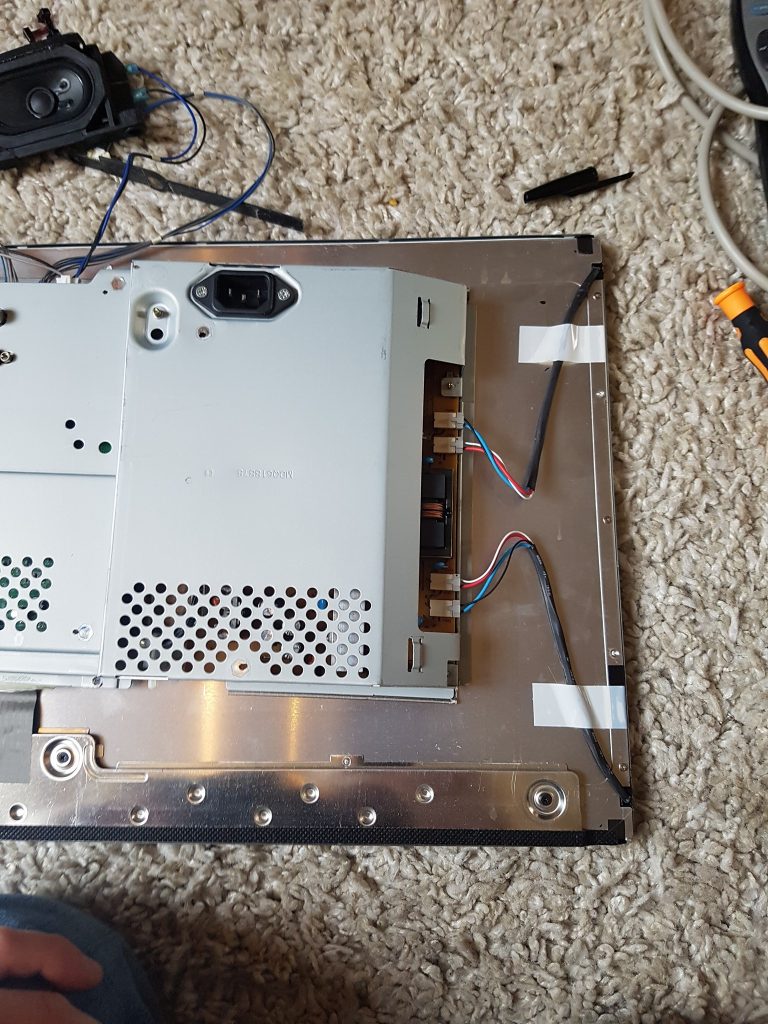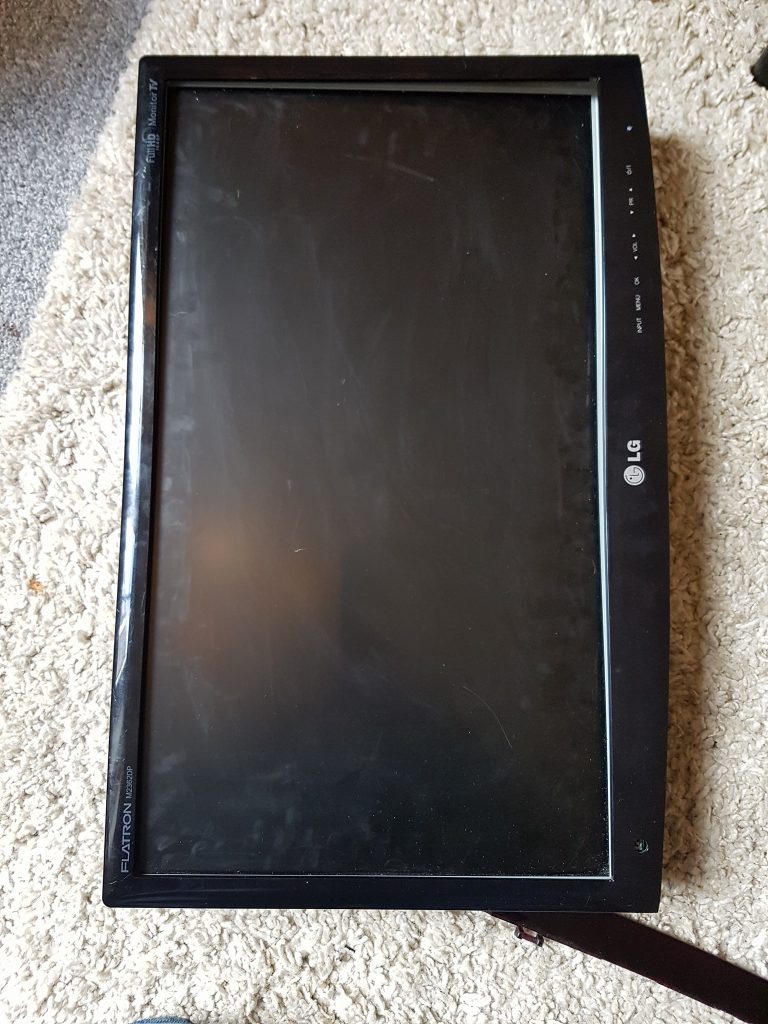This project had a unique origin, sparked by the desire to show off my creativity and genious to my new girlfriend which had to be something extraordinary. It began as a personal challenge to showcase creativity and technical prowess. Ultimately, it evolved into an innovative and thoughtful gift, a testament to the potential of DIY ingenuity.
Materials and Design
For this ambitious endeavor, I gathered some key components: an old 32-inch flat-screen TV, a Raspberry Pi powered by Debian Linux, 2-way mirrored self-adhesive film, MDF for the frame, black paint, wire for hanging, and an old kettle lead for power.
The design was a fascinating aspect of the project. While I aimed to create a smart mirror that resembled a normal mirror, the size of the screen made it slightly deeper than a typical mirror. Concealing the TV within a thick frame helped maintain a semblance of a traditional mirror.
Turning a Mirror into Something More
The mirror wasn’t just about reflecting one’s image. It showcased the time, synchronized with a Google Calendar, provided weather updates, and even displayed traffic information. To add a touch of personalization, it could offer compliments.
The original plan included integrating Alexa, but limitations with the Raspberry Pi at the time made it unfeasible. The available modules for the software have since expanded, offering even more possibilities for customization.
Overcoming Challenges
Like any DIY project, this one presented its fair share of challenges. One hurdle was ensuring the Raspberry Pi had enough power to run the selected modules since it was powered via the TV’s USB port. I had to carefully curate the modules to strike a balance. Additionally, handling screen timeout and input selection was a bit tricky due to the absence of a remote. Adjusting the lighting was another puzzle. For the mirror to function, the room’s ambient light needed to be brighter than the TV screen, but that darkened the modules and text. It took some clever adjustments in color balance and contrast to get it just right.
From the user’s perspective, the smart mirror was incredibly user-friendly. All it required was a glance to access a wealth of information and personalized messages.
Satisfaction and Future Plans
The smart mirror garnered admiration from all who saw it. While its main benefit was the satisfaction of completing a challenging project, future iterations could integrate with more smart home devices, possibly incorporating voice commands using an Echo module. If the daily commute becomes part of the routine, a traffic update module could be a valuable addition.








